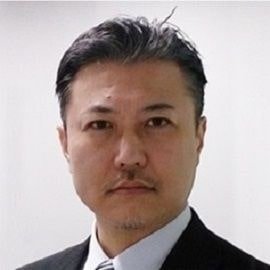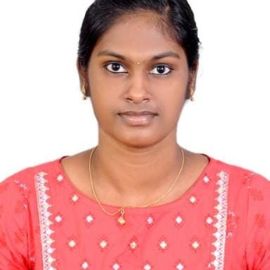Agenda
Conference Schedule
Day 1 full schedule
May 05, 2022 @ -
Smart Additive Manufacturing of Ceramic Components with Functional Geometries through Dimensional Modulation in Stereolithographic Technology

Soshu Kirihara
ProfessorJapan
ABSTRACT
In stereolithographic additive manufacturing (STL-AM), 2D cross-sectional patterns were created through photopolymerization by ultraviolet laser drawing on spread resin paste including ceramic nanoparticles, and 3D composite models were sterically printed by layer lamination through chemical bonding. The stereolithography system has been developed to obtain bulky ceramic and metal components with functionally geometric structures. An automatic collimator was newly equipped with the laser scanner to adjust beam diameter. Fine or coarse beams could realize high resolution or wide area drawings, respectively. Nanometer-sized ceramic particles were dispersed into photo-sensitive liquid resins from 40 to 60 % in volume fraction. The paste was spread on a glass substrate at 10 μm in layer thickness. An ultraviolet laser beam of 355 nm in wavelength was adjusted from 10 to 300 μm in variable diameter and scanned on the pasted resin surface. Irradiation power was changed automatically from 10 to 200 mW. The created precursor was dewaxed and sintered in an air atmosphere to obtain full metal or ceramic components. Subsequently, ultraviolet laser lithography was newly developed. 2D cross-sections were created through dewaxing and sintering by UV laser drawing on spread resin paste including ceramic nanoparticles, and 3D composite models were sterically printed by layer laminations. Irradiation power was changed automatically from 1.0 to 1.2 W for enough solidification depth for 2D layer bonding. The half wavelength of the incident ultraviolet ray should be comparable with the nanoparticles gaps in the resin paste, therefore the dewaxing and sintering will be realized through the electromagnetic waves resonations and localizations. Through the smart additive manufacture, design and evaluation (Smart MADE), bioceramic implants of dental crowns were fabricated successfully.
Stereolithographic Additive Manufacturing of Functionally Modulated Components for Environmental Geometries

Soshu Kirihara
ProfessorJapan
ABSTRACT
In stereolithographic additive manufacturing (STL-AM), 2-D cross sections were created through photo polymerization by UV laser drawing on spread resin paste including nanoparticles, and 3-D models were sterically printed by layer lamination. The lithography system has been developed to obtain bulky ceramic components with functional geometries. An automatic collimeter was newly equipped with the laser scanner to adjust beam diameter. Fine or coarse beams could realize high resolution or wide area drawings, respectively. As the row material of the 3-D printing, nanometer sized metal and ceramic particles were dispersed in to acrylic liquid resins at about 60 % in volume fraction. These materials were mixed and deformed to obtained thixotropic slurry. The resin paste was spread on a glass substrate at 50 μm in layer thickness by a mechanically moved knife edge. An ultraviolet laser beam of 355 nm in wavelength was adjusted at 50 μm in variable diameter and scanned on the spread resin surface. Irradiation power was changed automatically for enough solidification depth for layer bonding. The composite precursors including nanoparticles were dewaxed and sintered in the air atmosphere. In recent investigations, ultraviolet laser lithographic additive manufacturing (UVL-AM) was newly developed as a direct forming process of fine metal or ceramic components. As an additive manufacturing technique, 2-D cross sections were created through dewaxing and sintering by UV laser drawing, and 3-D components were sterically printed by layer laminations with interlayer joining. Though the computer aided smart manufacturing, design and evaluation (Smart MADE), practical materials components were fabricated to modulate energy and material transfers in potential fields between human societies and natural environments as active contributions to Sustainable Development to Goals (SDGs).

Alex LIu
Head of Additive Manufacturing ProgramsSingapore
ABSTRACT




